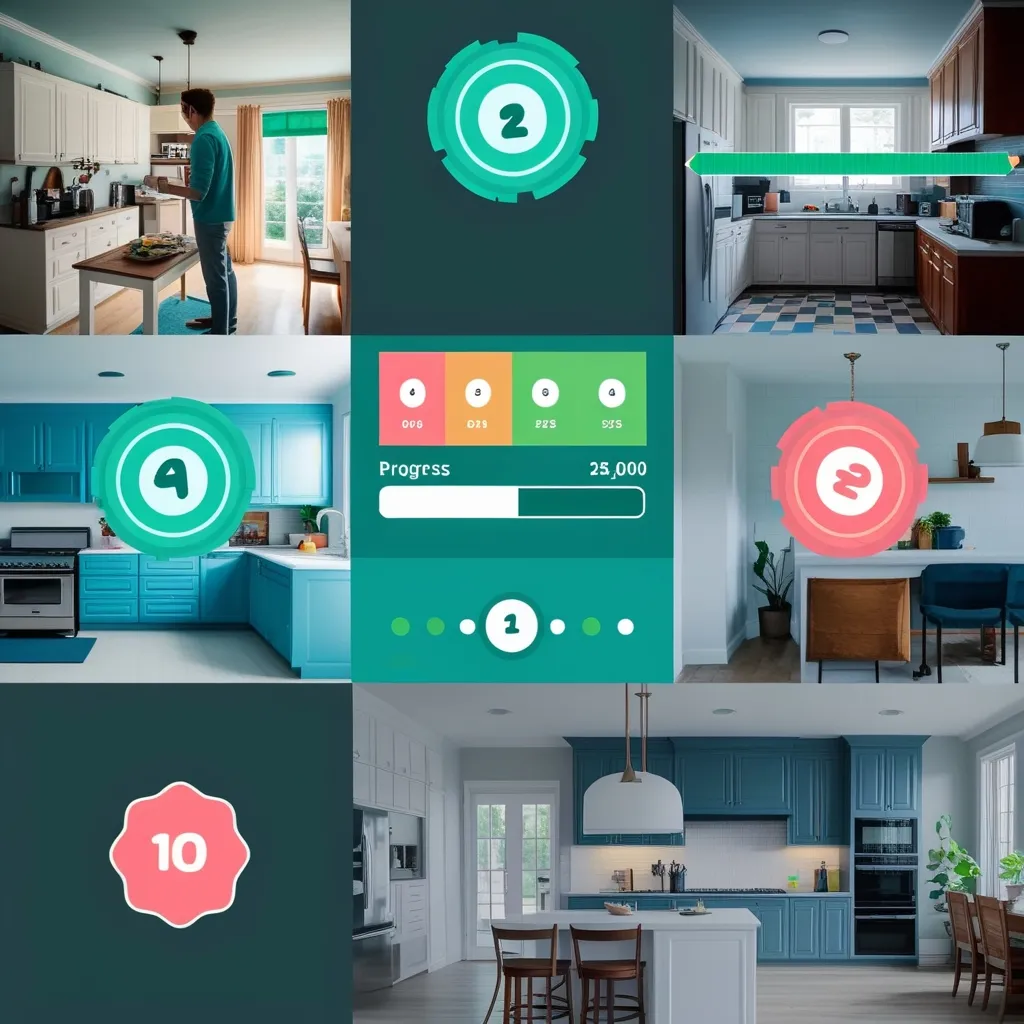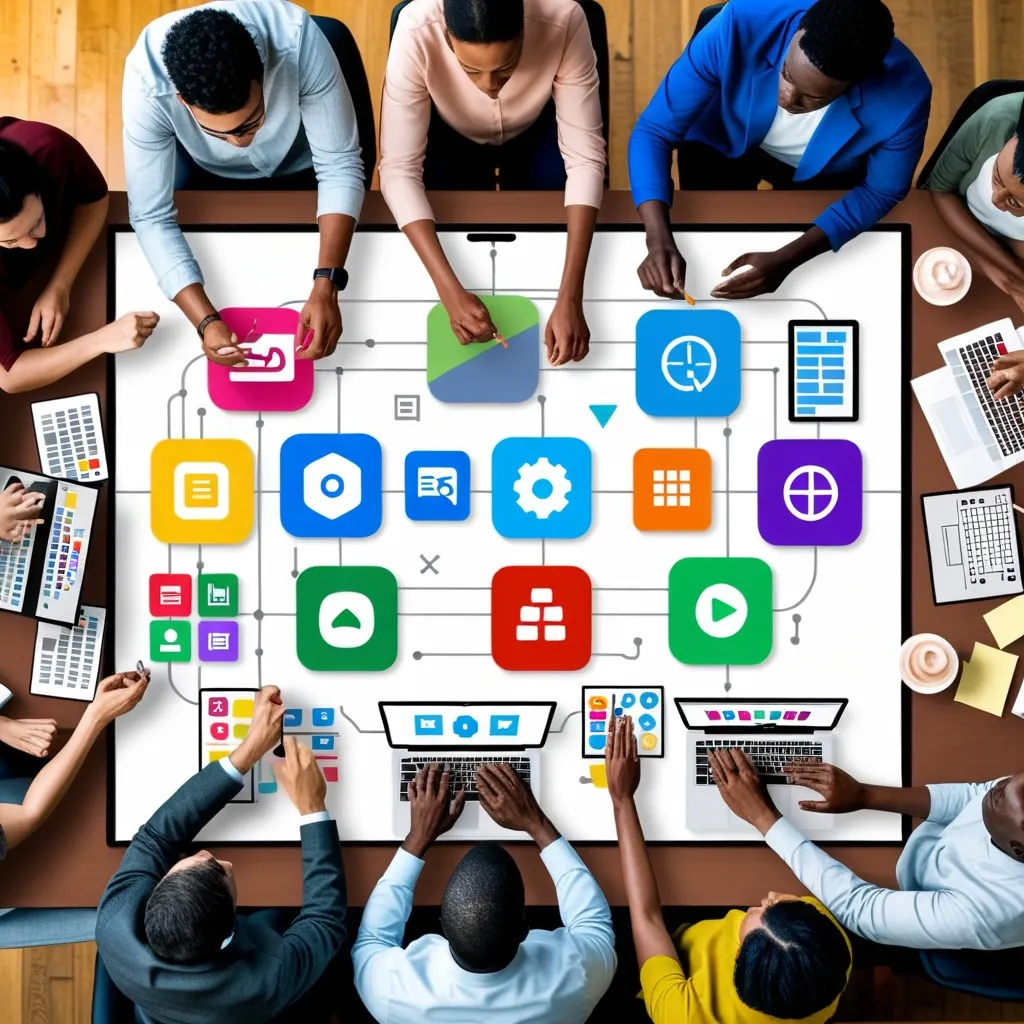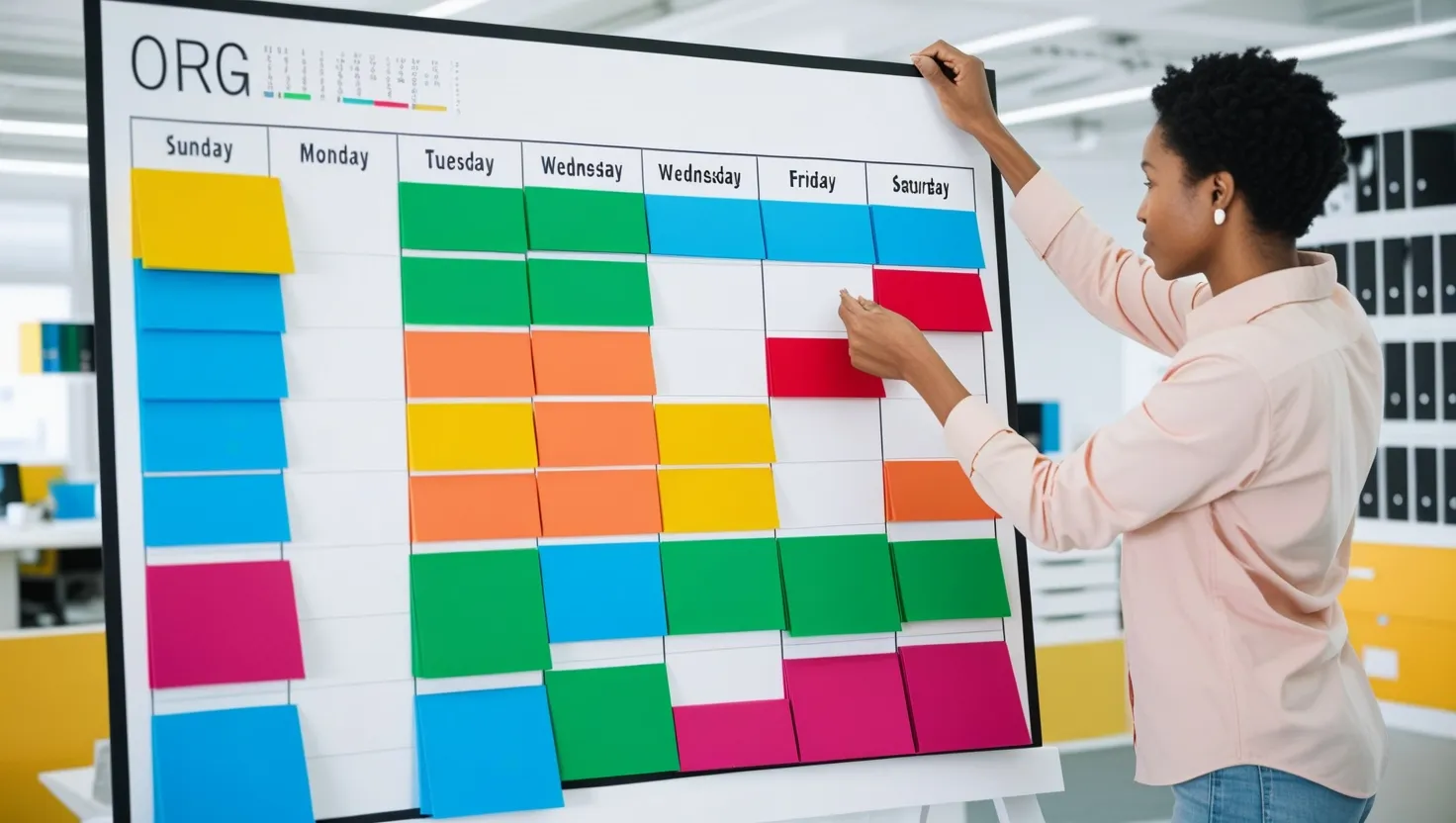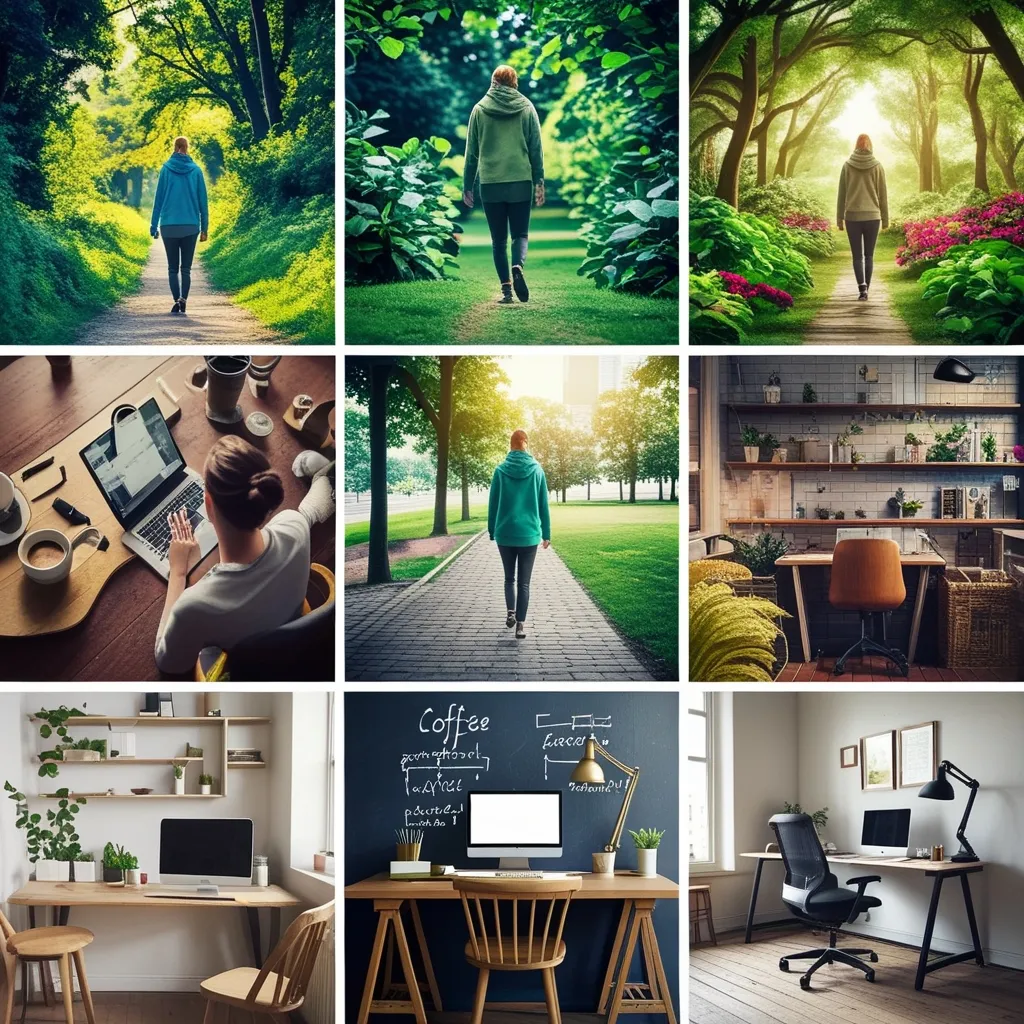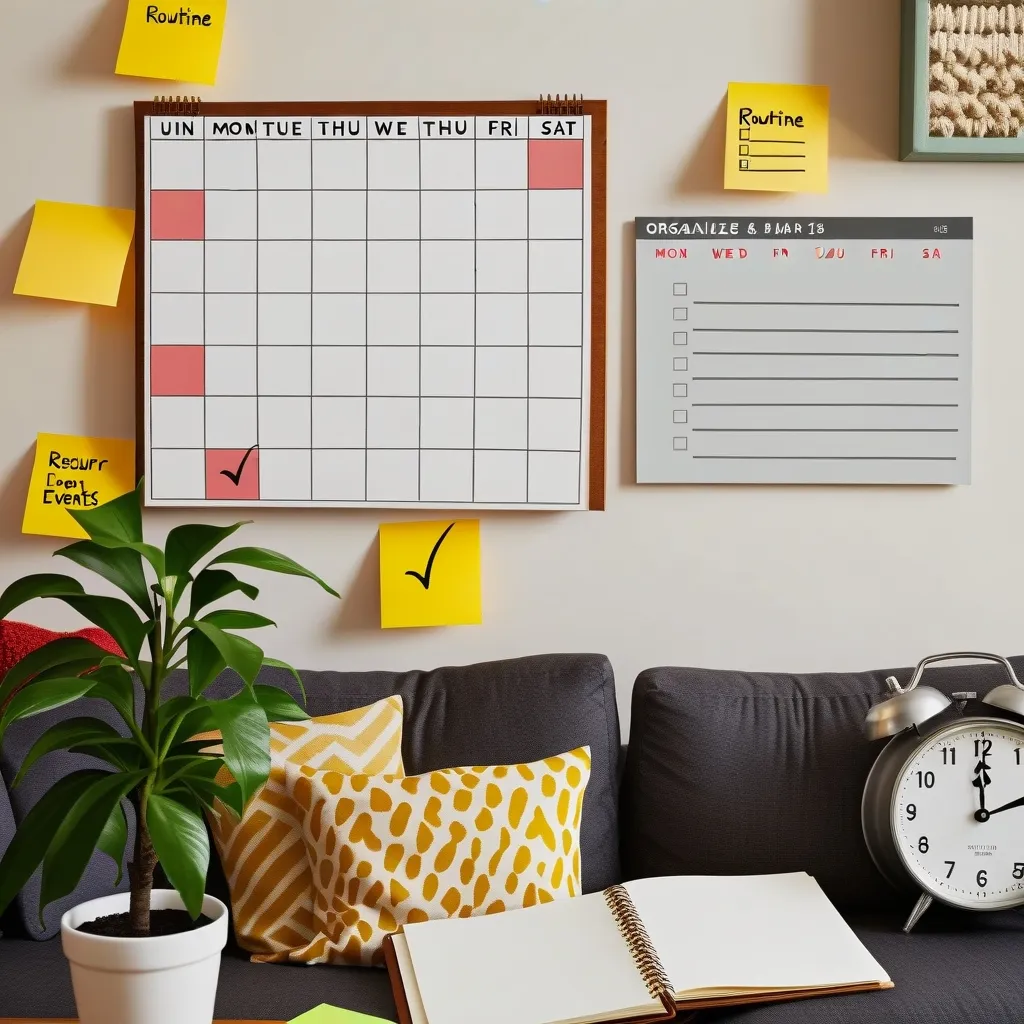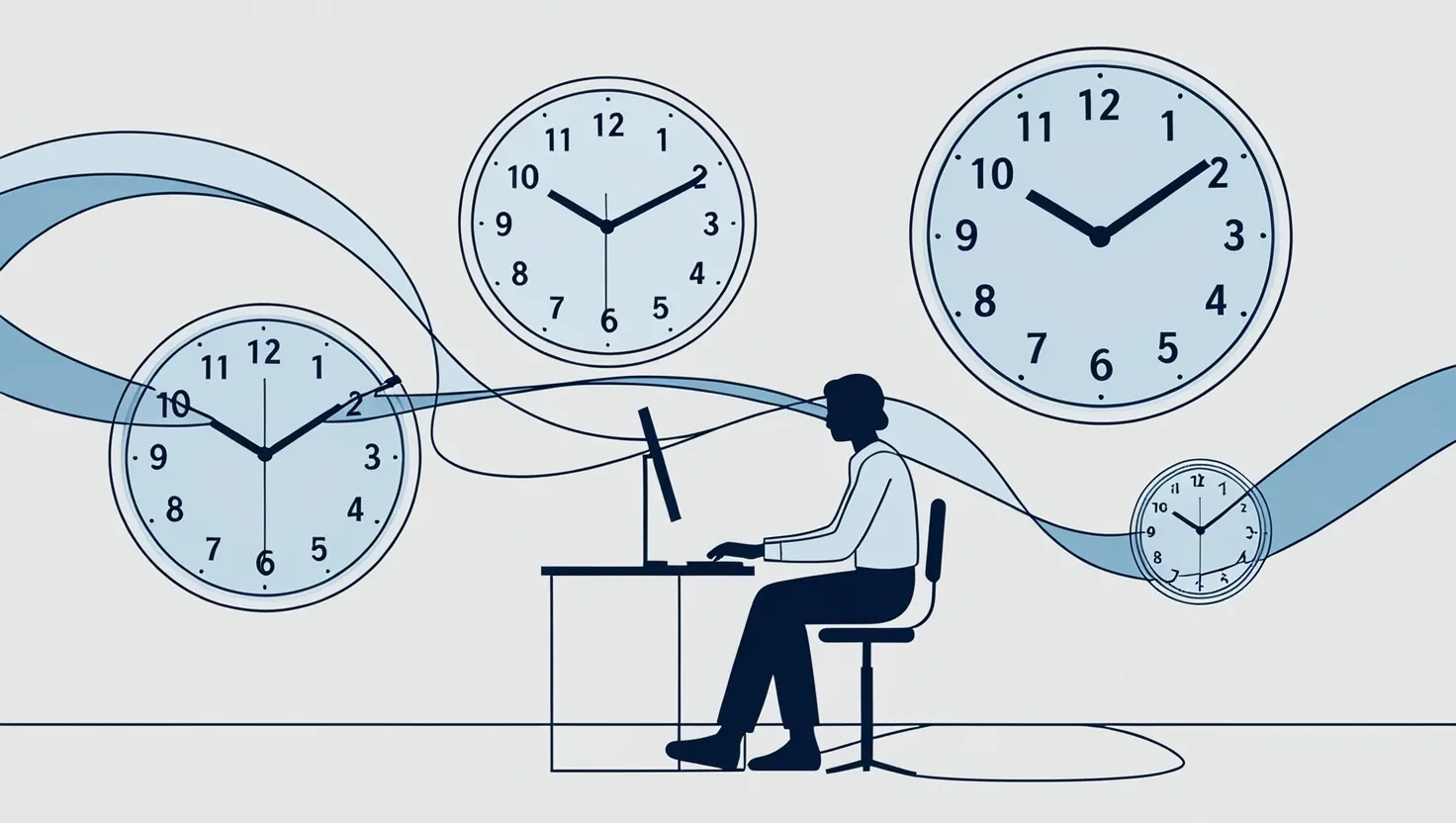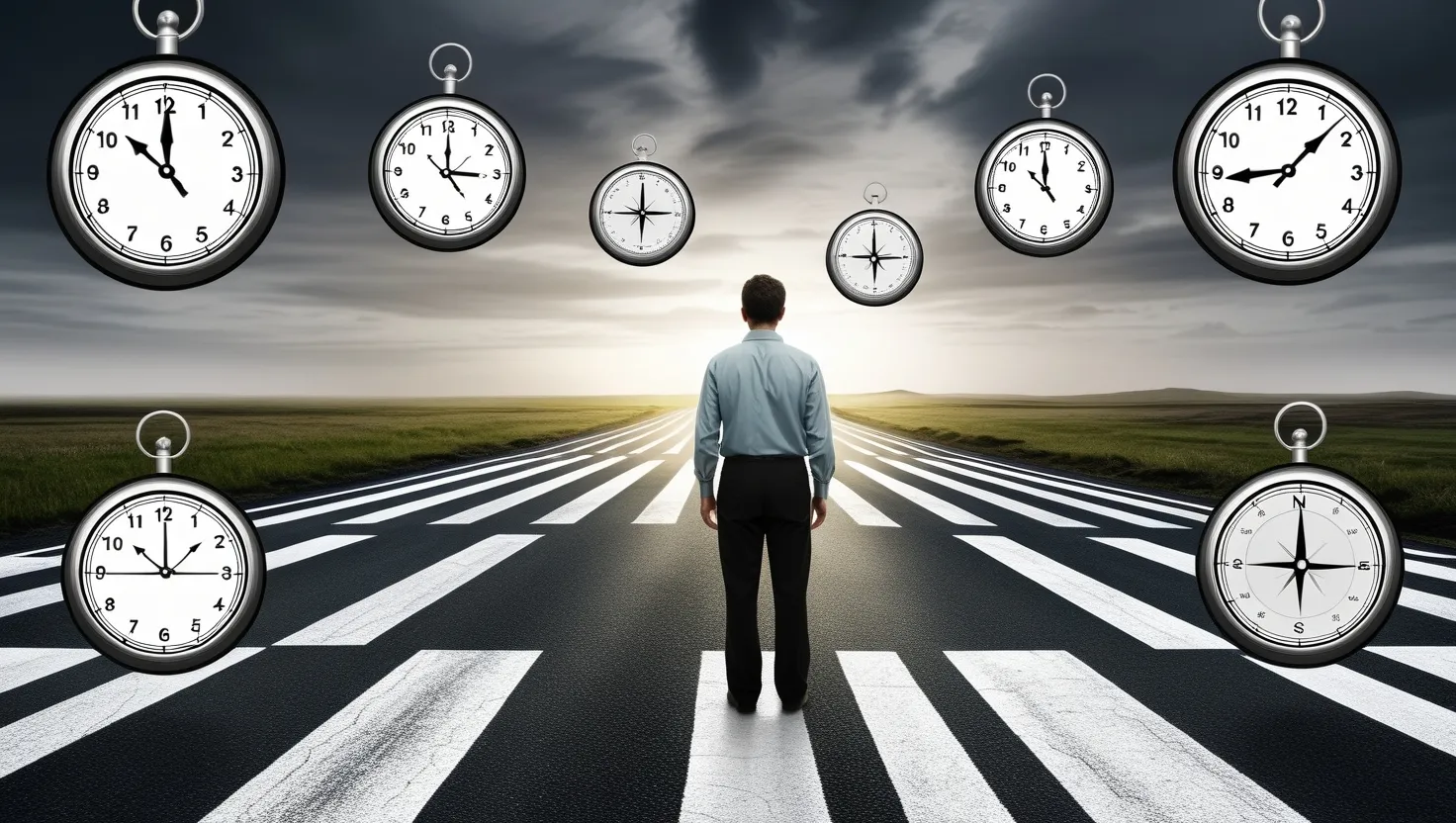Turning Chores into Challenges: The Art of Gamification
Ever feel like your day-to-day life is just a never-ending list of boring tasks? We’ve all been there. But what if I told you there’s a way to make even the most mundane chores feel like an exciting game? Welcome to the world of gamification!
Gamification isn’t just some fancy buzzword. It’s a powerful tool that can transform your life from dull to dynamic. Think about it - why are games so addictive? They’re designed to keep us hooked with rewards, challenges, and a sense of progress. Now, imagine applying those same principles to your everyday tasks. Sounds pretty cool, right?
Let’s start with something we all dread - cleaning the house. Instead of seeing it as a chore, turn it into a timed challenge. Set that microwave timer for 10 minutes and see how much you can get done before it dings. It’s amazing how much faster you move when you’re racing against the clock! You could even rope in your family or roommates and make it a competition. Suddenly, cleaning isn’t such a drag anymore.
But gamification isn’t just about speed. It’s also about rewards. Remember how excited you’d get as a kid when you got a gold star for good behavior? That same principle works for adults too. Create a checklist for your daily tasks and give yourself a small reward for each one you complete. It could be as simple as a cup of your favorite coffee or 15 minutes of guilt-free social media scrolling. The key is to make it something you genuinely look forward to.
Now, let’s talk about those big, scary projects that always seem too overwhelming to start. You know the ones - they loom over you like a dark cloud, making you feel guilty every time you think about them. Here’s where gamification can really shine. Break that monster project down into smaller, manageable tasks. Think of it like levels in a video game. Each task you complete is a level up, bringing you closer to the final boss battle. Suddenly, that huge project doesn’t seem so intimidating anymore.
Visual trackers can be a game-changer too. Remember those fundraising thermometers that would slowly fill up as you got closer to your goal? Create something similar for your projects or habits. It could be a simple progress bar on your phone or a physical board on your wall. Seeing your progress in a tangible way can be incredibly motivating.
Friendly competition can add an extra spark to your gamification efforts. Challenge a friend to see who can stick to their new habit longer, or who can complete their tasks faster. You could even turn your daily commute into a game by trying to guess which line at the grocery store will move fastest. It’s a small thing, but it can make waiting in line a lot less boring.
Technology can be your best friend when it comes to gamification. There are tons of apps out there designed to make everyday activities more fun. Fitness apps that turn your daily jog into a zombie escape adventure, productivity apps that grow virtual trees while you focus on your work - the possibilities are endless. These apps tap into our love for games and use it to motivate us in real life.
The beauty of gamification is that you can tailor it to fit your personality and interests. Love music? Create a cleaning playlist and only allow yourself to listen to it while you’re tidying up. Are you a bookworm? Reward yourself with a chapter of your current read after completing a task. The more personal you make it, the more effective it will be.
Procrastination is the arch-nemesis of productivity, but gamification can help you defeat it. Instead of dreading a task, you start looking forward to the game-like experience of doing it. For example, if you’re putting off a work project, break it into smaller tasks and give yourself points for each one you complete. You could even allow yourself some genuine procrastination time - like watching funny cat videos - as a reward for hitting certain point milestones.
Gamification isn’t just a personal tool - it’s making waves in the workplace too. Companies are using game-like elements to boost employee engagement and productivity. Leaderboards for sales teams, point systems for completing training modules, virtual badges for hitting targets - these are all examples of workplace gamification. It turns work from a grind into an adventure, making each day more engaging and fulfilling.
For people with ADHD, gamification can be particularly helpful. The novelty and frequent stimulation provided by game-like elements can help maintain focus and motivation. It’s like tricking your brain into enjoying tasks it would normally find boring.
Let’s look at a real-life example to see how gamification works in practice. Say you’re trying to save money for a big purchase - maybe a new car or a down payment on a house. Instead of just setting a vague goal to “save more,” turn it into a game. Create a savings tracker where you can visually see your progress. Set milestones along the way and reward yourself when you hit them. Maybe for every $500 you save, you get to treat yourself to a nice meal out. Suddenly, saving money becomes less of a chore and more of an exciting challenge.
Or how about turning your morning routine into a game? Create a checklist of everything you need to do to get ready for the day - make your bed, eat breakfast, pack your lunch, etc. Give yourself points for each task you complete, with bonus points if you finish everything before a certain time. At the end of the week, tally up your points and if you hit a certain threshold, reward yourself with something special on the weekend.
Gamification can even make household chores more bearable. Create a “Chore Hero” game for your family. Assign point values to different chores and let everyone compete to see who can earn the most points in a week. The winner gets to choose the movie for family movie night or pick the restaurant for the next family dinner out. Not only does this make chores more fun, but it also teaches kids about responsibility in a positive way.
The key to successful gamification is consistency. Just like any game, it’s most fun when you play regularly. So stick with your gamified systems, even on days when you’re not feeling particularly motivated. Over time, you’ll find that the game-like elements become habits, making previously dreaded tasks feel almost second nature.
Remember, the goal of gamification isn’t to turn your entire life into one big game. It’s about finding ways to inject fun and motivation into areas of your life that could use a boost. It’s about changing your perspective and approach to tasks, not completely overhauling your life.
So next time you’re facing a boring task or struggling to stay motivated, think about how you could turn it into a game. Add some rewards, create a challenge, set up a visual tracker. You might be surprised at how much more enjoyable and productive you become. After all, life’s too short to be stuck doing boring chores - why not make them fun instead?
In the end, gamification is all about finding joy in the journey. It’s about making every task, no matter how small or mundane, into something rewarding and engaging. So go ahead, press start on your gamified life. The next level of productivity and enjoyment is waiting for you!
